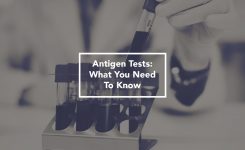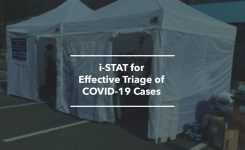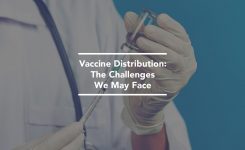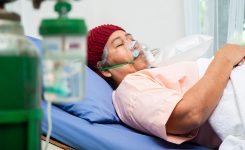Blog
Rare Disease Day 2019: Bridging Health and Social Care
Every year, Rare Disease Day is celebrated on the 28th or 29th of February to acknowledge those living with extreme ailments. The last day of February was chosen because February 29th comes only every four years, making it the rarest day of the year. This year’s #RareDiseaseDay focuses on giving love and support to those affected by better coordinating all aspects of care to improve their lives. Locally, National Rare Disease Week is commemorated on the last week of February through the Presidential Proclamation 1989.
As defined by the World Health Organization (WHO), a rare disease is “an often debilitating disease or condition with a prevalence of .65% to 1%”. There may be as many as 7,000 rare diseases. Due to the lack of information about these diseases, some of those affected are left unrecorded while others remain oblivious of their own condition. People diagnosed with rare diseases often deal with strenuous treatments and incomprehensible pain throughout their everyday lives.
In the Philippines, one in 20,000 people are affected and the most common rare disease among Filipinos is the “Maple Syrup Urine”. Upon hearing it, most would probably associate it with urine that has a thick consistency. However, a more accurate description would be how it causes the patient’s body and urine to smell like maple syrup. It is also characterized by poor feeding, vomiting, lack of energy (lethargy), abnormal movements, and delayed development. If untreated, maple syrup urine disease can lead to seizures, coma, and death. It is a lifelong condition and can only be detected when the infant is only days old. According to the Department of Health (DoH), newborn screening is the only way to identify if a rare disease in a child is imminent.
The lack in both access to proper treatment and and scientific information regarding such diseases often result in delays in diagnosis. As medical advancements progress, the need for these conditions to be better understood should be a priority. As stated by former DoH Secretary Paulyn Jean B. Rosell-Ubian, there is no definite amount of money allotted for rare diseases yet but the national cost of it is estimated to be around 200 billion pesos. Dr. Carmencita Padilla, a metabolic specialist and geneticist, also mentioned that not only were those affected people not diagnosed but gathered statistics should not be the only basis since these numbers leave out those undiagnosed. They know people who suffer from rare diseases exist and there is a conscious effort to locate them. The sooner they are found, the better chances they have to receive the treatment that they need. The challenge is great but with continued support and recognition, the Department of Health is still hopeful for their mission towards widespread awareness and understanding will one day be successful.
#ShowYourRare #ShowYourStripes
Sources:
https://www.rarediseaseday.org/article/what-is-a-rare-disease
https://www.rarediseaseday.org/page/news/rare-disease-day-2019-official-poster-is-out-now
http://www.pchrd.dost.gov.ph/index.php/news/library-health-news/6109-doh-addresses-rare-diseases
https://www.doh.gov.ph/node/9343
https://rarediseases.info.nih.gov/diseases/pages/31/faqs-about-rare-diseases
https://ghr.nlm.nih.gov/condition/maple-syrup-urine-disease
Featured Photo:
Mario Gogh








